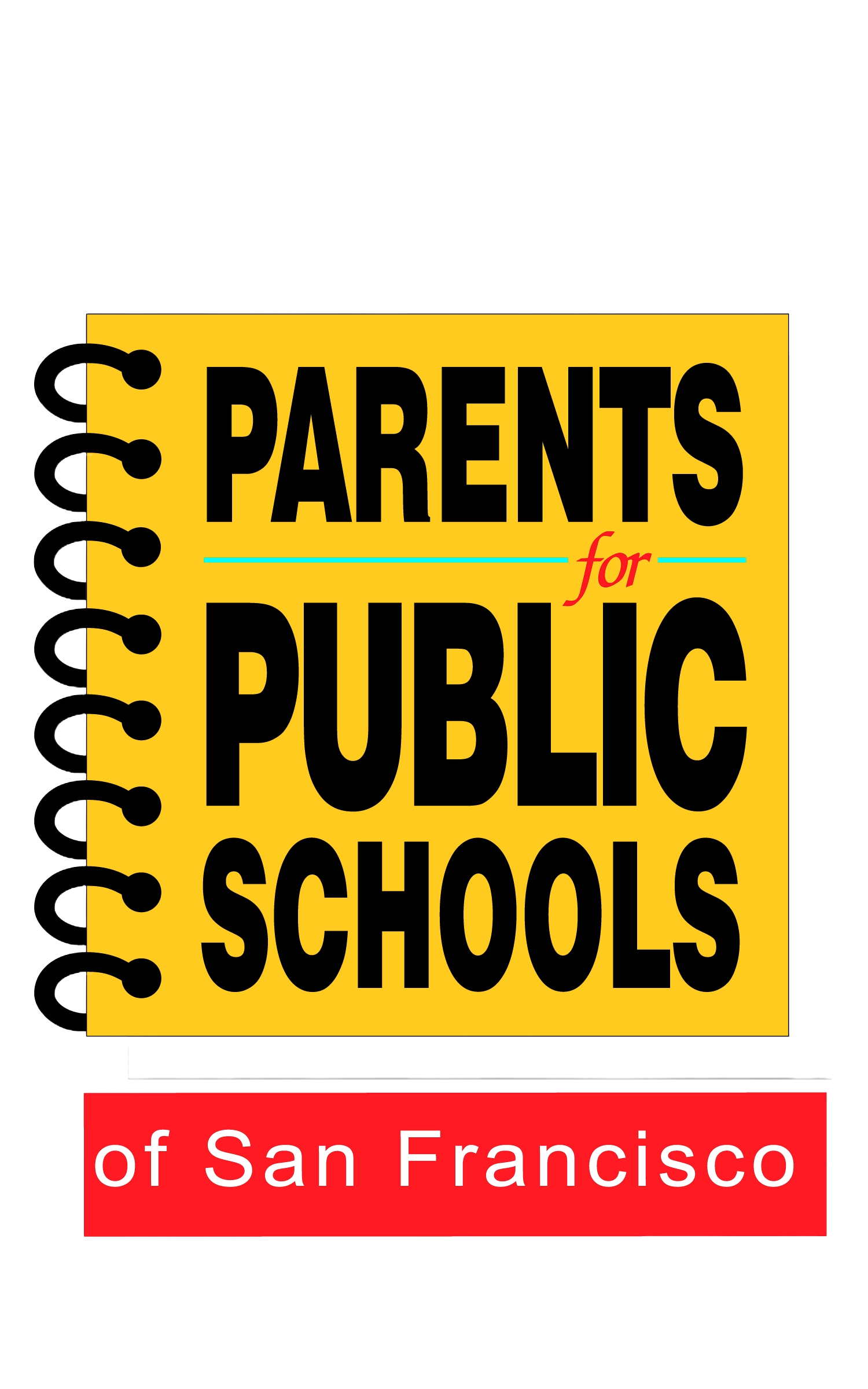District Advisory Committee and the Realignment Initiative
Learn about
Re-Alignment Schools and Programs. A person to the center right raising their hand.
Power in our collective Voice
During the last week of March, the San Francisco Unified School District held a series of community sessions and focus groups aimed at highlighting the District Advisory Committee and the Resource Alignment Initiative.
The Resource Alignment Initiative (RAI) is an in-depth plan aimed at aligning SFUSD’s resources to match its goals.
There are five components:
Create a New School Staffing Model
Reorganize the Central Office
Explore Generating Revenue from Properties
Invest in Priority Districtwide Programs
Create a New School Portfolio
As an organization geared towards providing support and resources to our community, it is pertinent that we maintain curiosity when being presented with information that will heavily impact our school district.
On Thursday, March 28, SFUSD held a virtual town hall meeting aimed at providing clarity on the Realignment Initiative. This was just the first of many meetings that will be held in the coming weeks.
The RAI aims to provide a structured plan for school closures, timelines, and mergers. However, such a meticulous plan as merging and closing schools can be overwhelming to the greater public.
We have heard from parents or guardians that there may have been a question or two that went unanswered. Where do those parents/guardians turn to when they need answers? As it seems, there are very few opportunities to achieve the answer on the district’s part.
Many of these schools hold a special place in the hearts of the students, parents, and community members. These schools have been the fundamental building blocks for our educational needs, but they have also provided a sense of belonging and purpose to students and staff members.
It is important that we honor the contributions these schools have made to our community and the greater public school system.
As our first introduction to this extensive plan, we have begun to ask ourselves questions after the virtual town hall on March 28.
Who are benchmarked Districts? How does the district implement those criteria appropriately at each school, and do they even meet our school community requirements? Do they go based on race, ethnicity or the student’s idealized learning outcome?
They talk about other school districts' examples of using the models, but we don't have metrics or data that surround it, have we seen it done in local California areas around us not farther than one state away?
In the timeline for creating a portfolio, how can we better help parents understand the slide called “School consolidation criteria in other districts.” (See below) It's a bit confusing to imagine a parent with different language barriers or contextual knowledge trying to understand these criteria and how it is related to their school and their child.
In SFUSD’s Commitment to equity and excellence slide below, what are Coordinated Care Teams to a parent? And how will all schools have this team if they are cutting some resources already and have key vacancies? What will be the robust and inspiring programs? We must bring expertise and relevancy to this work if we want to build trust with parents.
Our consolidation criteria will balance equity, excellence, and effect use of resources to reflect our shared values. Chart with three headings: Equity, Excellence, and effective use of resources.
Although the Re-Alignment Initiative (RAI) has an extensive plan, the steps provided feel far more detached than ever. There is no designated time to sit in the RAI and genuinely listen to the community's concerns. Extensive planning is being done without truly guiding the district community members to an equally promising agreement. The slide below shows a compiled list of public-school districts that have benefited from similar criteria to SFUSD outside of California. All these schools are members of The Council of Great City Schools.
School consolidation criteria established by other districts with similar circumstances provide helpful examples. List of different school districts.
During the March 28th Town hall, it was mentioned that the situations at these schools were like the ones facing SFUSD. However, it is important to note that one size does not fit all. SFUSD is a robust and complex community with numerous obstacles. Therefore, we may always face struggles, but it is our continuous adaptability that helps us overcome those struggles.
There is little contribution to acknowledging that community members still have many questions about school closures and mergers. Only SFUSD can answer those questions with an ample amount of dedicated time and respect for the community.



